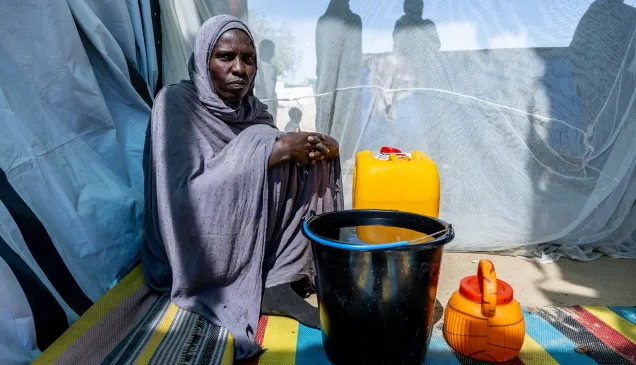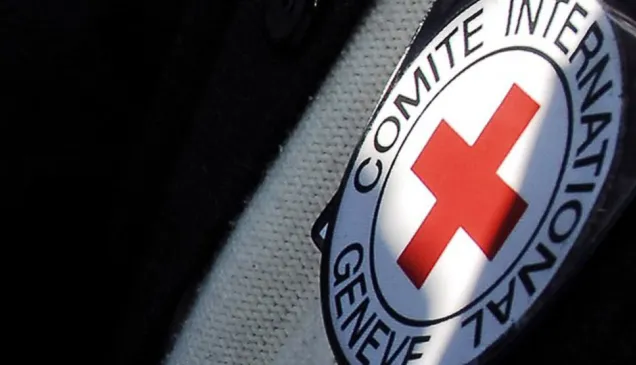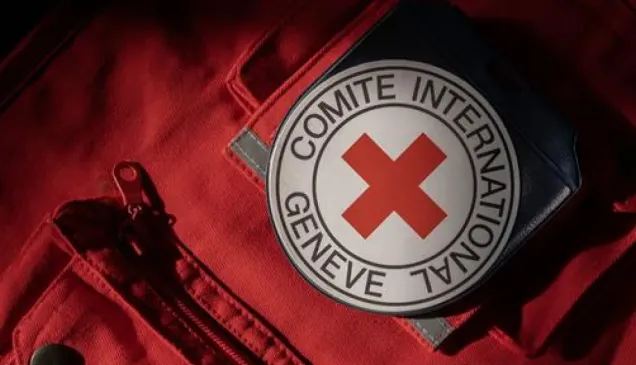Five things to know about the deadly legacy of explosive remnants of war
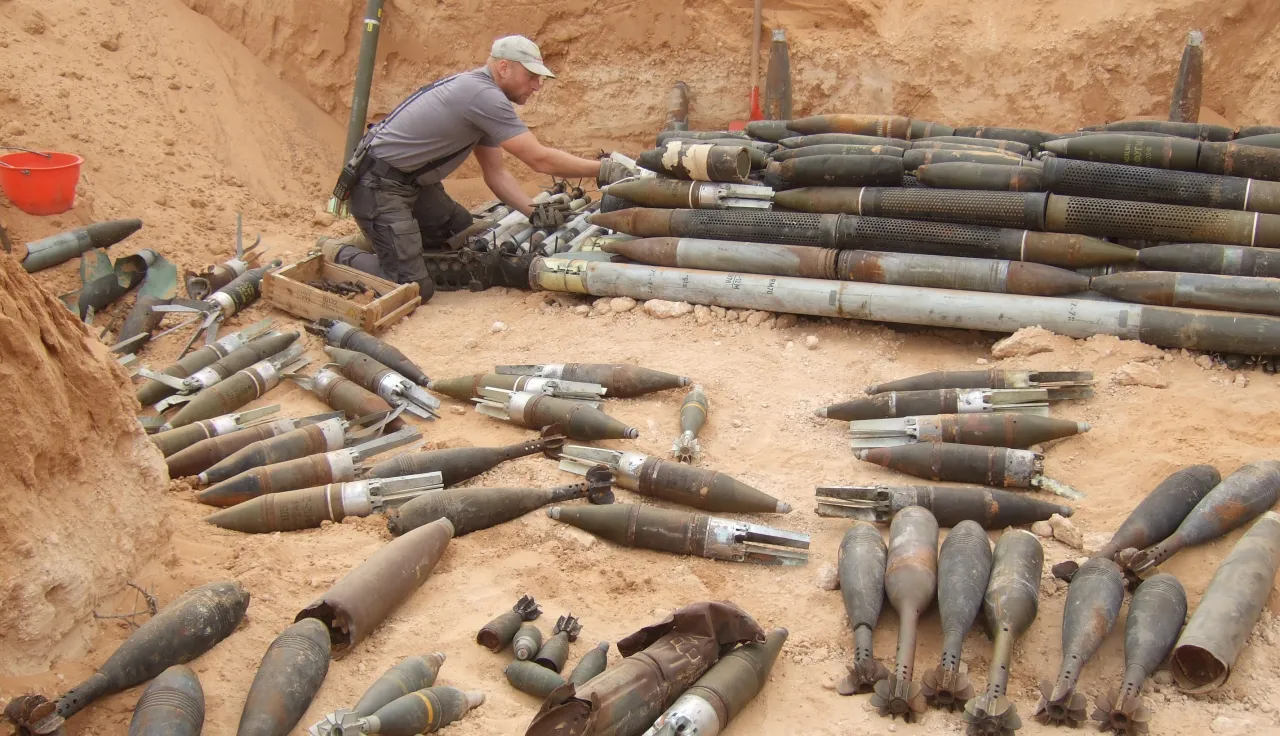
The aftermath of conflict continues to inflict harm on civilians, even long after hostilities have ended. Deadly weapon contamination by unexploded munitions is wreaking havoc on communities around the world. This hidden danger lurks on or beneath the surface, waiting to cause death and destruction at any moment.
The problem of weapon contamination is a global crisis, affecting millions of people who are forced to live in fear every day. Mines and explosive remnants of war continue to pose a threat to the safety and well-being of innocent civilians. It's time for the world to take action and address this ongoing crisis once and for all.
Here are five critical questions and answers about explosive remnants of war.
What are explosive remnants of war?
Explosive remnants of war (ERW) are explosive munitions that have failed to explode after being fired or launched (unexploded ordnance, UXO) or have been left behind by a party to the conflict unused (abandoned explosive ordnance, AXO). Artillery shells, grenades, mortar shells, cluster munitions, rockets, missiles, and other explosive munitions – as well as improvised explosive devices (IEDs), depending on how they are designed and function – may all become ERW.
Explosive munitions of every kind have a failure rate that can vary greatly, from one to forty per cent, depending on diverse factors such as the age of the munition, how it is stored and used, the quality of design and production, the type of material or soil at the point of impact, atmospheric conditions and the competence of the user. Those that fail to explode as intended when used may go off at an unpredictable point in time, killing or injuring their unsuspecting victims.
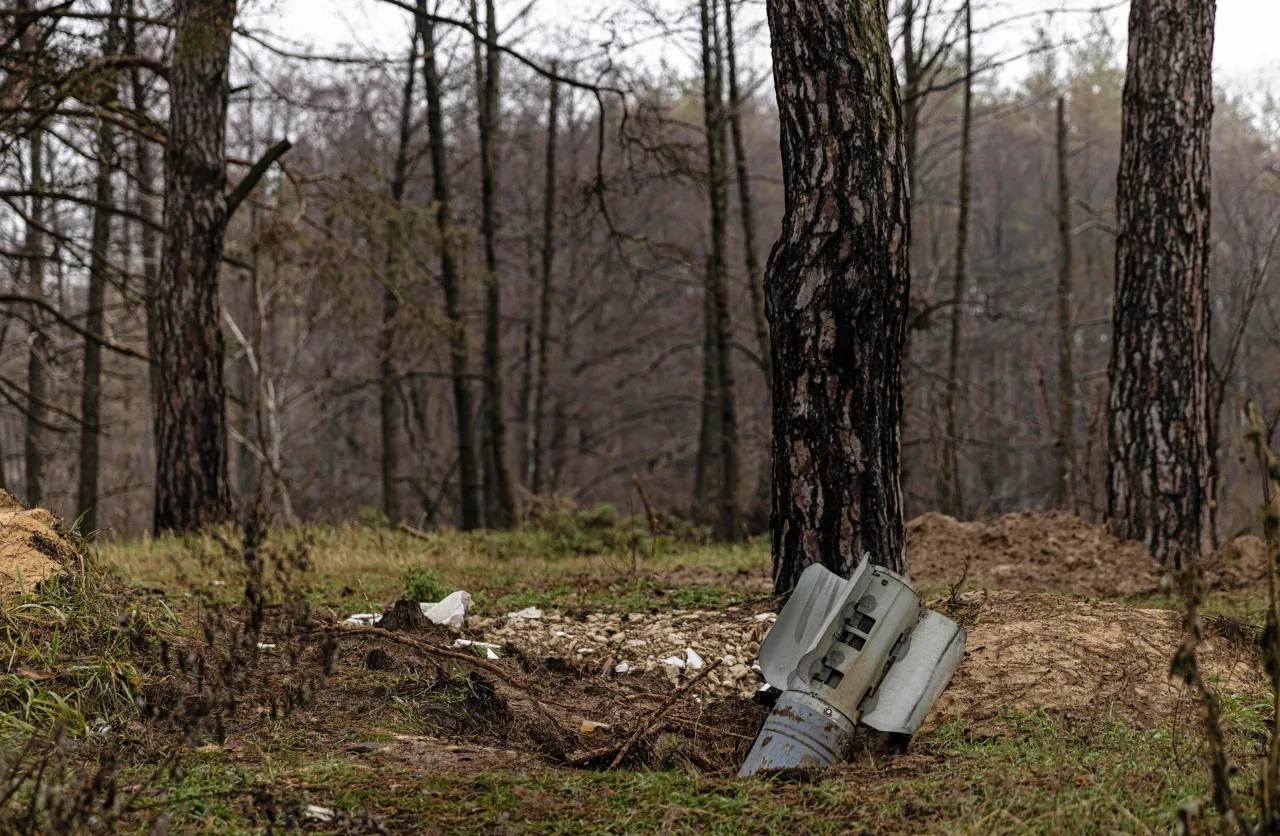
Donetsk Oblast, Ukraine, near Sviatohirsk. End of 2022, the area was littered with unexploded ordnance.
What is the human cost of weapon contamination and how does it affect people's health, safety, and daily lives?
In many parts of the world, across all geographic regions, ERW litter landscapes that are no longer battlefields, and continue to kill and maim thousands of civilians long after active hostilities have ended. A large proportion of victims are children. According to some, over half of the world's countries are contaminated by landmines and ERW. ERW impede access to healthcare facilities and other essential services, prevent the proper operation and maintenance of critical infrastructure, block transportation and escape routes, and hinder the delivery of life-saving humanitarian assistance.
In the aftermath of armed conflicts, UXO continue to hamper agriculture and trade, delay reconstruction efforts, and prevent the return of displaced persons. Weapon contamination poses a long-term obstacle to socio-economic development. The use of heavy explosive weapons in populated areas, especially cities and other urban centres, multiplies the human cost, because the number of direct and indirect victims in such environments is higher and the difficulty of clearing UXO is much greater. Recent and ongoing conflicts, be it in the Middle East, the international armed conflict between Russia and Ukraine, or elsewhere, are clear examples.
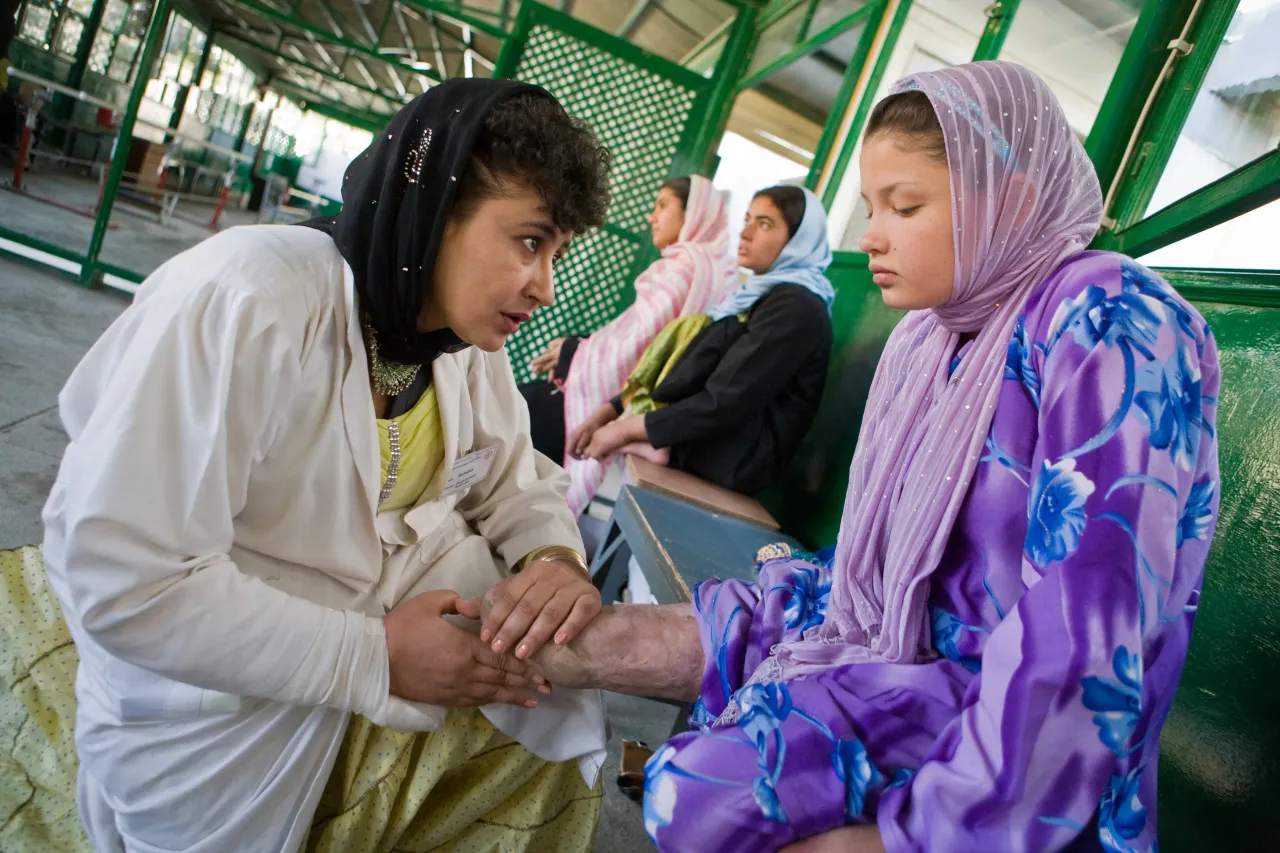
Kabul, Afghanistan. An ICRC physiotherapist treating a young woman at the Ali Abad limb-fitting centre.
What obligations does international humanitarian law impose on belligerents with regard to explosive remnants of war?
Under IHL, parties to an armed conflict that use explosive munitions or are in control of areas affected by ERW must:
- Take measures to protect the civilian population from the risks and effects of ERW both during as well as after the end of hostilities.
- Factor in the risk of the munition not exploding upon impact and the reverberating effects of weapon contamination on the life and health of civilians when assessing the proportionality of an attack.
- Identify, mark, monitor, and clear areas containing ERW and provide civilians with effective warnings of the location and dangers of ERW.
These obligations are further detailed in Protocol V to the Convention on Certain Conventional Weapons, a legally binding instrument specifically addressing ERW. The Protocol binds all States that are party to it, as well as non-State armed groups that are or were party to an armed conflict which resulted (or may result) in ERW in the territory of a State party to the Protocol.
Under the Protocol, the party that uses or abandons explosive munitions has three main obligations:
- to record comprehensive and accurate information on the explosive munitions employed or abandoned by its armed forces;
- to share this information with the party in control of the territory where the ERW are located and/or with any organization that will be undertaking clearance or risk education activities;
- and to provide, where feasible, assistance (technical, financial, material or other) to the party in control of the affected territory, to facilitate the marking and clearance, removal or destruction of ERW.
States and non-State armed groups in control of a territory affected by ERW have two additional obligations:
- to take all feasible precautions to protect civilians from the risks and effects of ERW, including warnings, risk education, and marking, fencing, and monitoring affected areas;
- and to survey and assess the risks posed by ERW, and mark and clear, remove or destroy ERW.
The responsibility for protecting civilians against the harm of ERW thus does not rest exclusively with affected States. States party to the Protocol that are in a position to do so have an obligation to provide assistance for this purpose. To date, the Protocol has 97 States Parties. Its implementation has contributed significantly to mitigating the threat posed by ERW across the world.
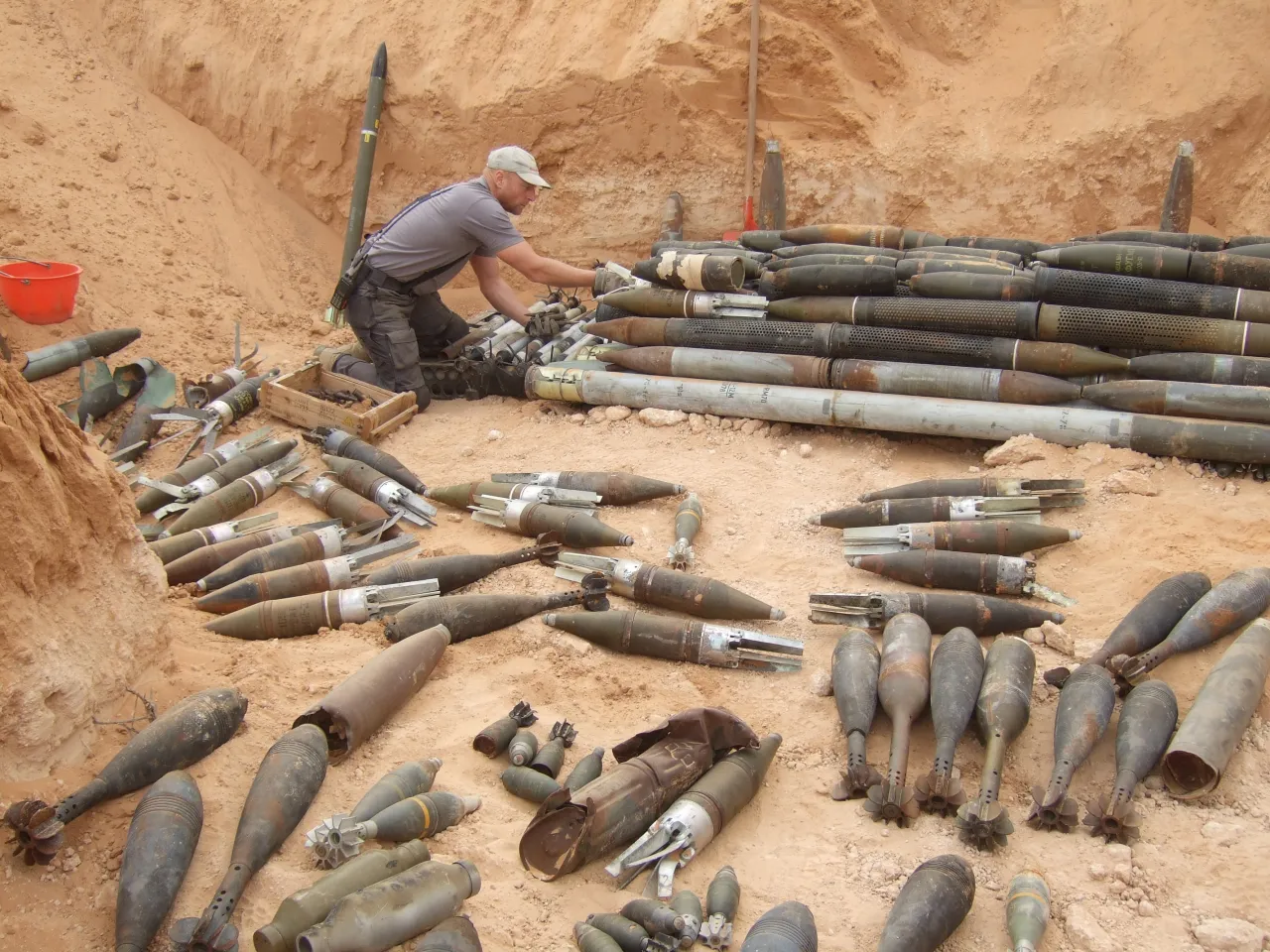
In Nalut, Libya, an ICRC clearance team leader prepared unexploded devices for demolition (2012).
How do ICRC and National Red Cross and Red Crescent Societies protect and assist those affected by explosive remnants of war?
Every year, the ICRC and National Red Cross and Red Crescent Societies continue to treat thousands of new victims of these weapons that keep on killing. We undertake specific initiatives to prevent and address the effects of ERW, including
- clearance;
- awareness-raising;
- physical rehabilitation;
- and support for the social and economic inclusion of survivors;
- as well as capacity-building for National Societies.
In 2021, we carried out risk awareness activities for communities and helped manage mine-action initiatives, including ERW clearance, in contexts such as Armenia, Azerbaijan, Colombia, Iran, Iraq, Israel and the Occupied Territories, Libya, Mali, Morocco, Myanmar, Nagorno-Karabakh, Nigeria, Pakistan, Syria, Ukraine, Senegal, Syria, Viet Nam and Yemen.
Over the past 40 years, the ICRC's Physical Rehabilitation Programme has supported nearly two million people with disabilities, including survivors of ERW, in more than 50 countries around the world. We can further offer its services as a neutral intermediary to facilitate transmission of the information recorded on the use or abandonment of explosive munitions from the party that has used or abandoned them to the party that controls the affected area.
What can States do more to better protect victims of explosive remnants of war?
Only approximately half of the world's States are party to Protocol V, and the rate of its universalization has stalled alarmingly in recent years. We urge all States that are not yet party to adhere to Protocol V and all States parties to faithfully implement their obligations, as this can significantly reduce the deadly threat posed by ERW around the world.
We also urge States to facilitate humanitarian operations, to provide access, the necessary legal and import permissions to bring in essential equipment, and security guarantees to enable marking and clearance work to proceed – a task of tremendous proportions, especially if a conflict is ongoing. All stakeholders must do more to protect civilians and their communities from the indiscriminate harm caused by these weapons. Notwithstanding States' primary responsibility in this respect, they will go a long way towards fulfilling their commitments by enabling the work of others and thus saving thousands of lives.

